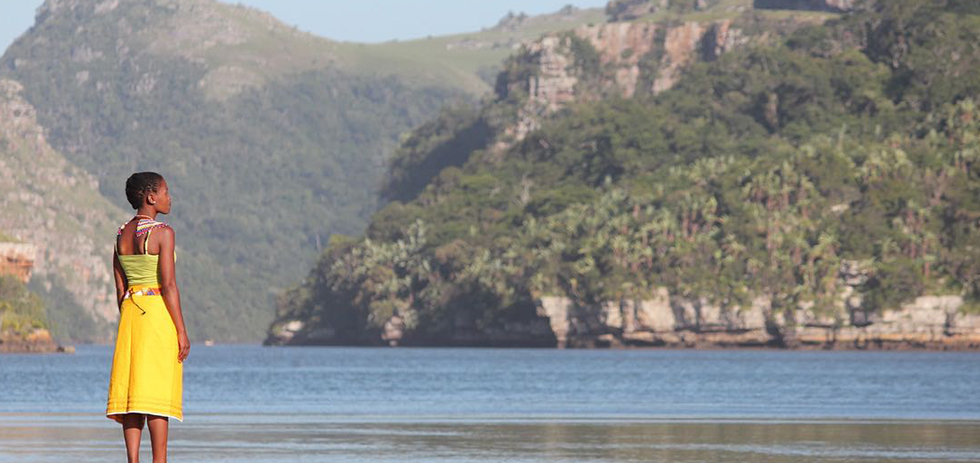
South Africa’s Wild Coast is a spectacular location and The Shore Break pulls no punches in establishing this in its picturesque opening. There’s slow shots panning across sun-drenched fields winding into the distance, beaches that seem to stretch on forever, and patches of desert sand that give the land an inimitable diversity. When Ryley Grunenwald turns his focus towards the subject of his documentary – the people who live on this land – the importance of how they interact with their surroundings has already been established as central to the focus of the film. It’s about the land and the vastly different relationships that can be formed with it. The Shore Break becomes the tale of two cousins from the same community in the Wild Coast. An Australian mining company wants to mine the West Coast and the South African Government want to build a tolled highway through the land to allow the transportation of titanium minerals to occur as easily as possible. Madiba, the older of the two cousins, wants to mine the land to build infrastructure, although most of the town doubt such investment would ever occur. Meanwhle, the younger cousin, Nonhle, is determined to maintain the traditional way of life and the relationship and respect for the land that comes with it.
The conflict between the two cousins serves as an indicator for wider struggles within the community. Grunenwald’s fairly thorough documentary-making style includes incredibly patronising scenes featuring Australian businessmen lecturing the town on the benefits of allowing their land to be handed over for mining. It’s amusing, in the context of the documentary, because the absolute vapidity of those trying to convince the townspeople to compromise their land is always cut and contrast with scenes that show how completely invaluable their community is; and how consistently this is misunderstood by those who seek to destroy it.
The most poignant scene in the film occurs towards its conclusion when it has become clear that has agreed to sell-out the town and the community are protesting outside Chief Lunga Baleni’s office in the Amadiba Area. The citizens are chanting “down with the chiefs who get bribed by alcohol”, “this land belongs to our ancestors”, “the land belongs to black people”, and “we are fighting for our land” as Lunga Baleni drives away in a car he’s been given as a bribe. One of the remarkable features of the scene, however, is the way in which the people are protesting the startling news: the raw, celebratory optimism. It’s fascinating as these angry chants are being sung by smiling faces in a way that evinces one clear message: for the subjects of the documentary, the company of each other and the state of existing on the land fuels a resistance in The Shore Break that never tires.
The scene following this eruption marks the films slow fade-out, as one man reflects “Apartheid is over. But we would still be oppressed if we dig up the bones of our ancestors. And the chiefs that have died on this land.” It’s followed by the more optimistic metaphor: “I have no idea when is the end. I think the end is… God only knows. You know it’s like when you take the frog out of your room and then when you turn your back it’s coming in your room again. No matter how long we’re going to play this in and out together but at the end the frog will see where it belongs.” It reiterates the energy and resilience so palpable in the previous scene. The metaphor is thinly veiled. The frog are the outside agitators that promulgate every complication in The Shore Break. Inextricably connected to their land, it’s clear that every figure in the film fighting to defend it, and their stringent opposition is unlikely to cease at any point in the near future.
